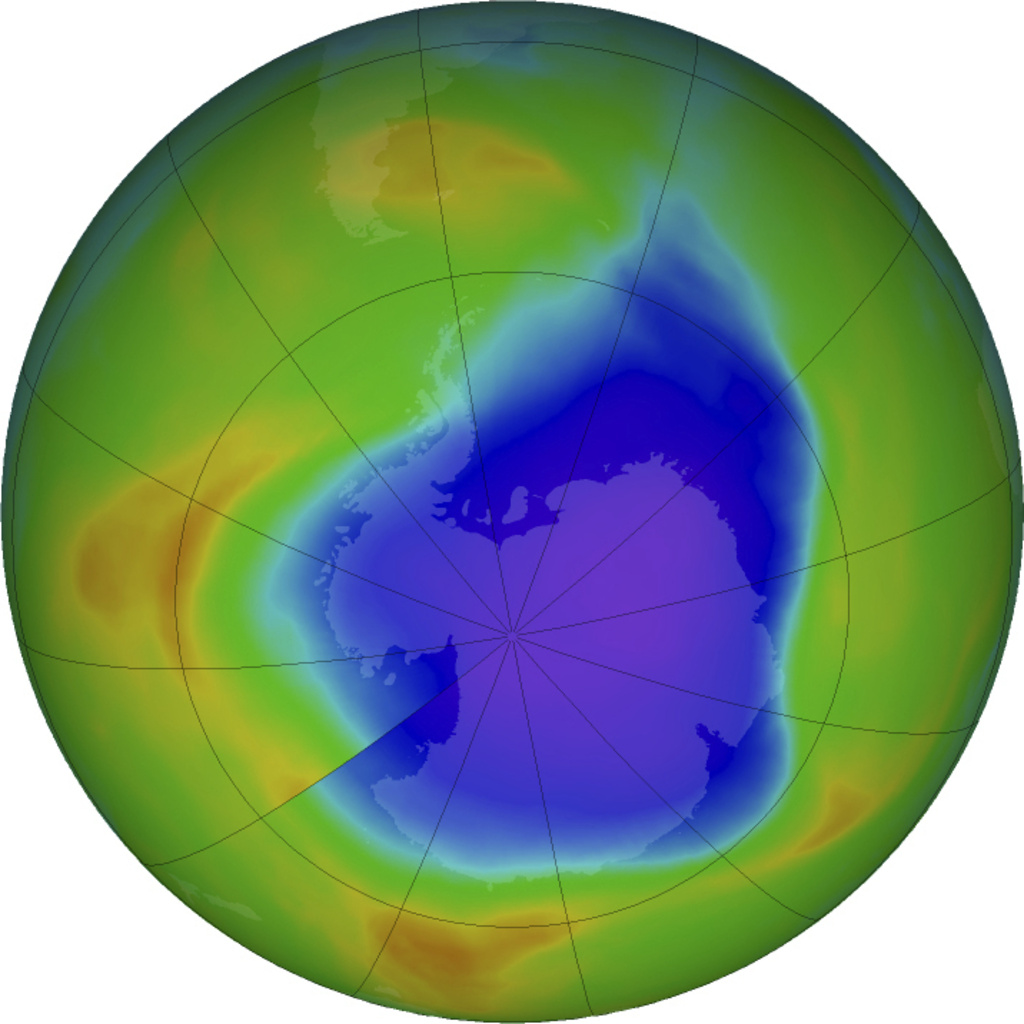
SINGAPORE - The world's ozone layer is on "the road to long-term recovery" despite a destructive volcanic eruption in the South Pacific, the World Meteorological Organization said on Tuesday, after efforts to phase out ozone-depleting chemicals.
On current trends, the ozone layer is on track to recover to 1980 levels by around 2066 over the Antarctic, 2045 over the Arctic and 2040 for the rest of the world, the United Nations agency said.
Though the volcanic eruption near Tonga in early 2022 led to a short period of accelerated depletion of ozone above Antarctica last year, driven by higher levels of atmospheric water vapor, overall losses were limited, it said in its annual ozone bulletin.
ALSO READ: UNEP says ozone layer recovery on track
The ozone layer protects the earth from the sun's ultraviolet radiation, which is linked to skin cancer and other health risks.
The Montreal Protocol, which came into effect in 1989, agreed to phase out chlorofluorocarbons and other ozone-depleting substances, and its success "stands out as a powerful symbol of hope" at a time when multilateral cooperation has come under strain, said UN Secretary-General Antonio Guterres in a statement.
CFCs have been largely replaced by hydrofluorocarbons, which do not cause ozone depletion but are a powerful climate-warming greenhouse gas.
READ MORE: Study: Ozone hole's core may not be recovering
Countries are now implementing the 2016 Kigali amendment to Montreal, which will phase down HFC production, and could avoid around 0.5 degrees Celsius of warming by 2100.


